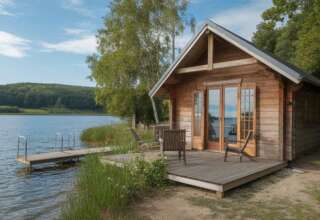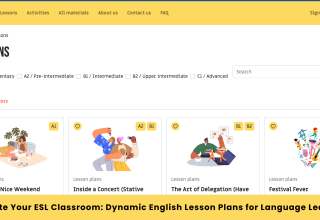Learning about nature is a matter of general culture, but it has also become part of the education for students of different ages. Gardening, horticulture, and sustainability are no longer just part of the curriculum of specialized universities. These activities have found their place in other educational institutions.
More on the importance of learning about gardening for kids and teens, see this link: https://growingorganic.com/lifestyle-guide/why-kids-should-learn-how-to-garden/
Greenhouses in various sizes and shapes are used in primary schools, colleges, and universities. Learning in these rooms is an excellent introduction to the practical side of gardening. In them, young people of all ages can learn about everything from business to energy efficiency and climate changes.
Bit Different Learning Experience
Growing fruits and veggies in greenhouses is a unique experience for those who do that for the first time. These rooms allow students to view the whole gardening area from a different perspective. They can be used for classes, practical classes, or extracurricular activities within a school or campus.
There is almost no limit to students’ interaction with plant collection. They can turn flowers upside down to get a better view of their roots or stems. Or they examine each part of the plants to get a better feel. They can learn about different types of activities necessary for plants to flourish and bear yummy fruits.
Kids will enjoy picking fresh fruits and veggies. This activity helps them develop and build up good eating habits. Also, they will learn how to contribute to their family and society. They might be surprised by some things they did not know about the plants they eat daily.
Teens could plant and sow different strains and harvest their first crop when the time comes. Outdoor gardens make it easier for students to learn about various plants, diseases, pests, and human impacts on vegetation. Being in touch with real-life plants can be an excellent experience for them.
Creating Green Area
Greenhouses are built in a space that belongs to an educational institution. These are excellent work areas for practical classes and research for students at specialized colleges (agriculture, forestry, ecology, hospitality). These gardens can sometimes be remote, so students and professors can go there on short school trips.
Having an educational greenhouse is a great way to enhance the space. It has already made functional as students can do a variety of research and experiments inside. Indoor gardens located under the glass panes can give the necessary whiff of freshness and greenery. That comes in handy, especially for schools in downtowns, without many green areas.
It has been proven that staying among plants (even in artificial conditions) contributes to better focus. Greenhouse activities can boost creativity, rationality and increase the energy level of those who stay in that space for a while. Check this source for more benefits of surrounding yourself with plants.
Financial Benefits
Learning to grow and pick fresh greens can be a great learning experience for students. But it can bring many benefits to schools and colleges, too. They can use greenhouses to grow and harvest foods they use. That will be gardening in a controlled environment so that the yield will be high-quality.
Food in school or campus canteens and cafeterias can be prepared from foods grown in greenhouses. In this way, these institutions can achieve significant savings. Plus, students and staff in schools and universities will eat healthy meals made from organic food.
Installation of greenhouses can be quite expensive. Schools and colleges will likely need to buy several months’ supplies of gardening. But these expenses are worthy as yields from greenhouses will come year-round. That can bring many savings.
Convenience
Another advantage of university greenhouses is that they are convenient. Students do not have to go outside and sit in the cold, rain, or wind just to learn about plants. They can learn in closed areas where they will have direct contact with plants.
Students will also be in charge of maintaining the teaching greenhouse, as this is part of the classes. So, they will learn how to provide the best conditions for growth plans. A simple cleaning routine will keep the area fresh and vibrant. That will make a natural, healthy learning environment.
Parents also reap the benefits of educational greenhouses. It is nice to know that their kids and teens are getting quality education about the world they live in. The learning in these gardens is safe, exciting, and fun. All that greenery stimulates students, too.
Greenhouses give students a chance to feel nature like they have never done before. Having indoor gardens for educational and scientific purposes is a great way to show off their skills. Schools and colleges should be proud to include this learning in their curriculums. Plus, being surrounded by greenery can add an extra element of fun to students’ cognition of the world and the things surrounding them.











